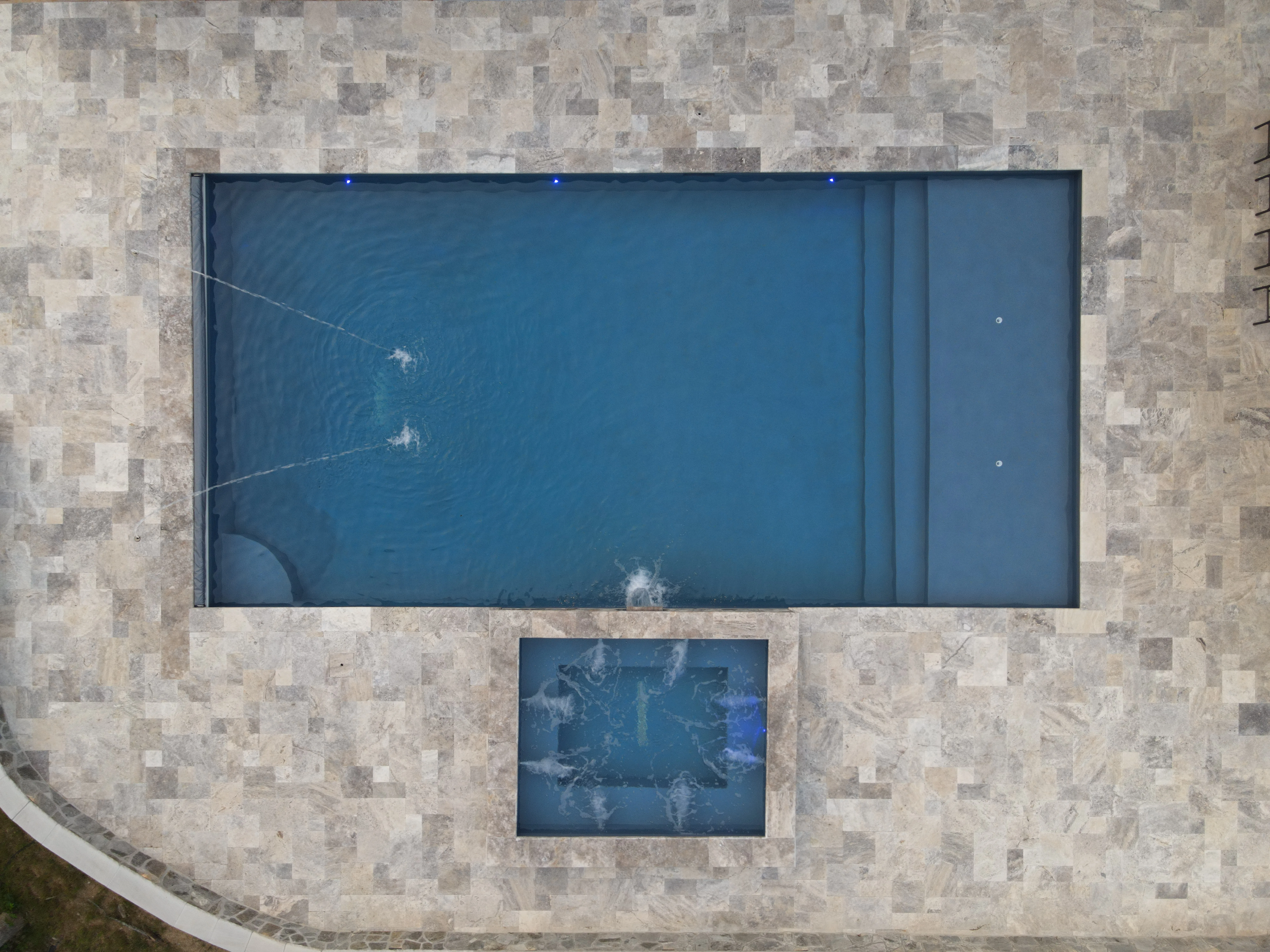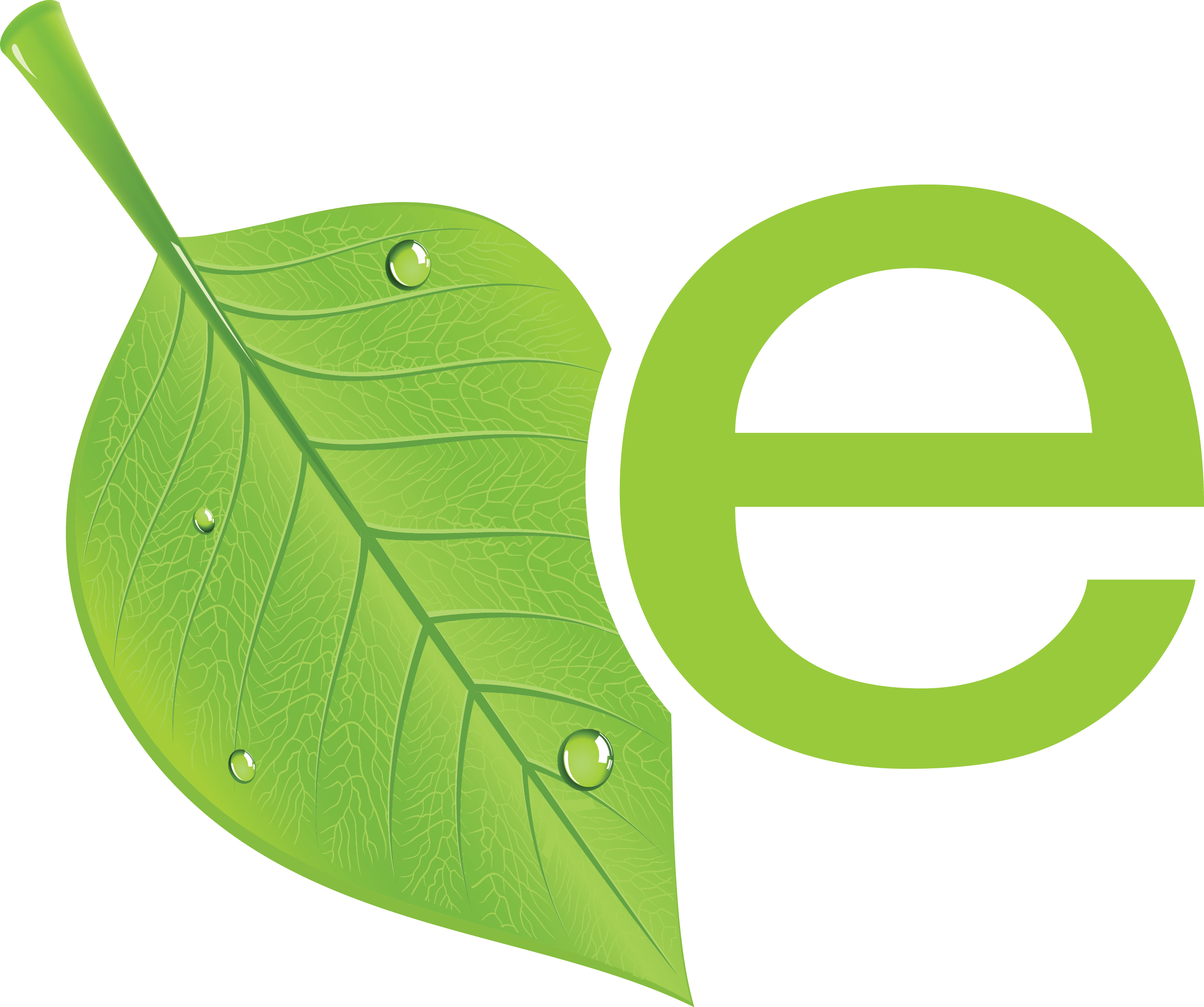
Many pool owners struggle to keep their pools in top shape after a fresh resurfacing. Did you know that the type of finish, like ecoFINISH or plaster, changes how you care for your pool? This blog will guide you through simple steps to maintain your pool after resurfacing.
Immediate Post-Resurfacing Maintenance
Start caring for your pool right after resurfacing to ensure a lasting finish. Follow specific steps for ecoFINISH and plaster surfaces to protect your investment.
Proper curing time for ecoFINISH vs. plaster
Understanding the curing time for pool surfaces is vital for effective maintenance after resurfacing. Below is a detailed comparison of the proper curing periods for ecoFINISH and plaster surfaces in an easy-to-read table.
| Surface Type | Curing Time | Key Considerations |
|---|---|---|
| ecoFINISH | Immediate | The finish is already cured when applied, so you can fill the pool the same day, days later, or even a week later—saving you the cost and hassle of bringing in water. |
| Plaster | 28 to 30 days | Extended curing requires consistent moisture to prevent cracks. Brush the surface daily for the first 30 days to remove plaster dust. Avoid swimming or heavy use during this period for best results. |
Initial cleaning and brushing requirements
Moving from the critical curing times for ecoFINISH and plaster, we now focus on the next vital step in pool care. Proper initial cleaning and brushing set the foundation for long-term pool finish lifespan and effective post-resurfacing pool care.
- Start cleaning your ecoFINISH pool surface within 24 to 48 hours after filling to prevent debris buildup. Use a soft-bristle brush to gently sweep the surface, ensuring you avoid harsh tools that could scratch this environmentally friendly pool surface.
- Brush an ecoFINISH pool daily for the first week to maintain its smooth texture and support sustainable pool care. This practice prevents early algae growth, a key part of algae prevention in pool surfaces. Tackle plaster pools with more intensive cleaning due to significant plaster dust after resurfacing. Brush these surfaces vigorously with a stiff-bristle brush for at least two weeks to aid in plaster dust removal.
- Inspect the pool filter frequently during this initial phase to ensure it handles debris from cleaning. With ecoFINISH, filters tend to clog less due to lower residue. Plaster pools may require more frequent backwashing to manage the higher load.
Water Chemistry Management
Keep your pool’s water chemistry in check to protect the finish after resurfacing. Test and adjust pH and alkalinity levels weekly to ensure a safe swimming environment.
Balancing pH and alkalinity levels
Maintaining optimal water chemistry stands as a critical step in pool care after resurfacing. This ensures the longevity of both ecoFINISH and plaster surfaces while preventing damage.
- Test water chemistry frequently, ideally every two to three days, to catch imbalances early in your pool resurfacing maintenance routine. For ecoFINISH, aim for a pH range of 7.4, as this prevents etching or scaling that could harm the finish. Plaster surfaces also thrive in this range, but they often require more frequent adjustments due to their porous nature.
- Adjust alkalinity to stay between 80 and 120 parts per million for both finishes to support sustainable pool care. This level acts as a buffer for pH stability, reducing sudden fluctuations that might degrade the pool finish lifespan.
- Add chemicals slowly and in small doses to avoid shocking the water system. For instance, when raising pH, introduce soda ash gradually and retest after a few hours to ensure you don’t overshoot, as this can harm both ecoFINISH and traditional plaster surfaces.
- Proper circulation prevents localized high concentrations that could damage the pool’s surface, particularly with plaster, which remains more susceptible to chemical burns during the initial curing phase.
Avoiding over-chlorination during the initial phase
Excessive chlorine in the initial phase after pool resurfacing can harm both ecoFINISH and plaster surfaces. Over-chlorination risks damaging the fresh finish, leading to discoloration or uneven wear.
Keep chlorine levels between 1 and 3 parts per million to protect the pool finish lifespan. Adjust chlorine gradually if needed, prioritizing sustainable pool care over quick fixes. This careful approach prevents chemical imbalances and supports algae prevention in pool surfaces.

Conclusion
Caring for a newly resurfaced pool isn’t just about keeping it clean—it’s about protecting your investment from day one. Whether you’ve chosen ecoFINISH, traditional plaster, or a different finish, proper startup and maintenance starts immediately with the right curing approach, consistent brushing, and vigilant water chemistry management.
ecoFINISH offers faster readiness and lower maintenance early on, while plaster requires more hands-on attention during its extended curing phase. No matter the surface, keeping pH, alkalinity, and chlorine levels in check is crucial to prevent early damage and preserve the finish.
Stay consistent, avoid shortcuts, and embrace sustainable pool care practices. With the right start, your pool will not only look beautiful—it’ll stay that way for years to come.
